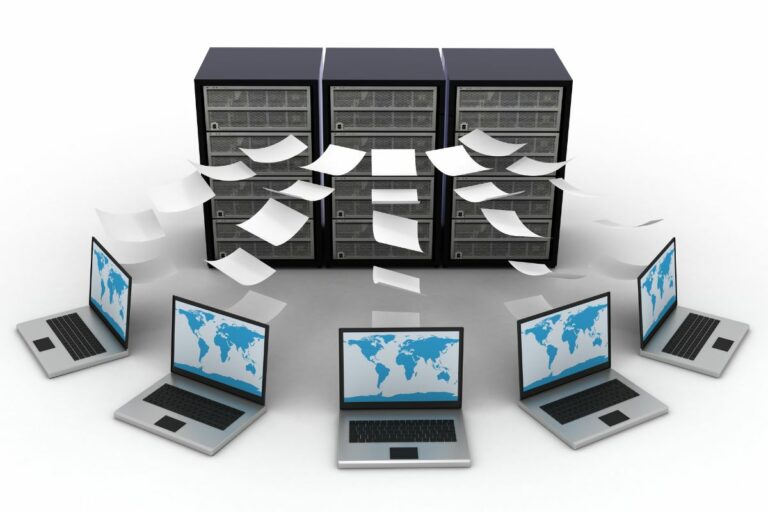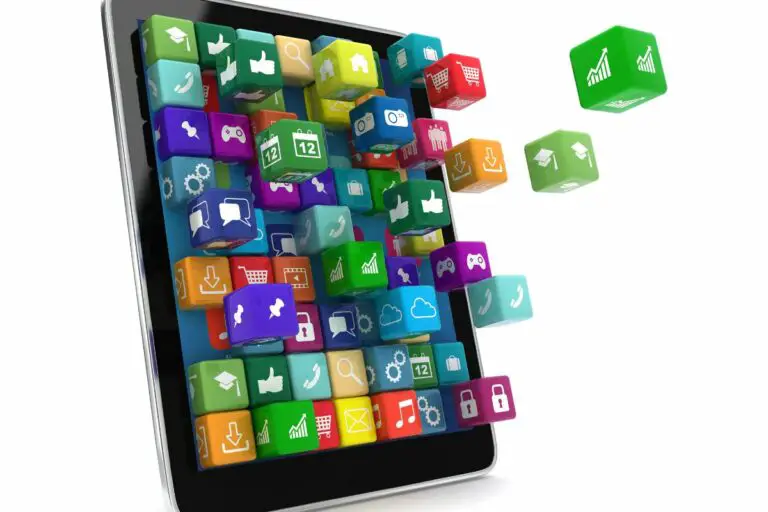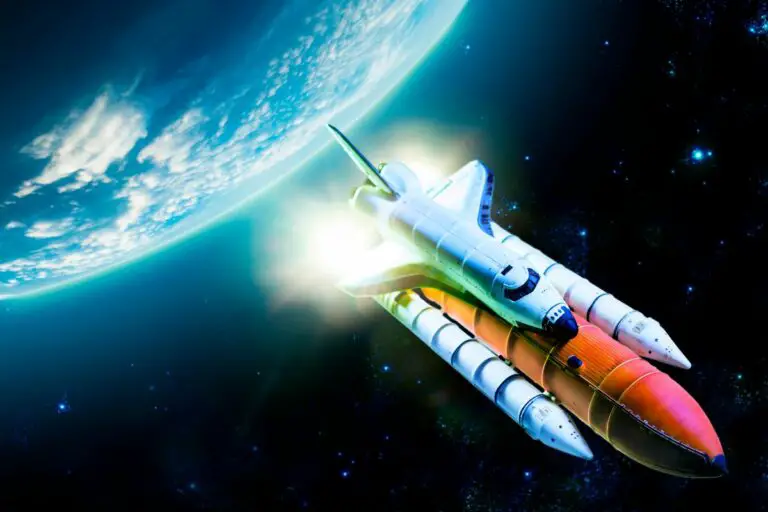What’s the difference between IMAP and POP?
Today, I’ll explain you a technical topic you may struggle with.
IMAP and POP are fighting against each other in your mailbox, but do you know exactly what I’m talking about?
IMAP and POP are two of the most used protocols to connect a client software to an email provider.
The POP protocol is older and download emails from the server to read them without any Internet connection. Using IMAP allow reading emails from several devices and sync all of them in real time.
In this post, I’ll show you how your email client works, and then we’ll see more details about each protocol.
How your email address really works?
Before going deeper on how each protocol works, I want to be sure you know the main vocabulary I’ll use
In most of the case, an email address works like this:
- An email provider: Providing an email address (like toto@domain.com) and a storage space to keep your emails on it
This provider will also provide you a webmail to check your emails online in your web browse (Gmail, Outlook.com and internet providers for example) - An email client: It’s a software, allowing you to connect from your computer (or smartphone) to the email provider. It uses a specific protocol we’ll see later.
For example, you may know: Outlook, Thunderbird or the default app on macOS/iOS/Android - A protocol: That’s the topic of this post.
The email client talks to the email provider by using a specific protocol like IMAP or POP. Each one has its pros and cons
Email clients may also use SMTP to send emails
The POP protocol
Definition
The Post Office Protocol (POP) is an application-layer Internet standard protocol used by e-mail clients to retrieve e-mail from a mail server.
Wikipedia
Nothing very useful about this definition, I already said this before
But you have the acronym equivalence
The full name can help us to understand more what is POP
The Post Office Protocol works like a postman, giving the mail (email) from the post office (email provider) to your mailbox (e-mail client)
Features
Here are the main features of the POP protocol:
- The protocol downloads emails from your provider to your email software
- Then, you can configure it from three different ways:
- Download all emails without keeping anything on the provider server
- Same thing, but don’t erase emails, just set them as “read”
- Download emails and keep them on the server without doing anything
Each configuration has its pros and cons
We’ll see this now
Pros
- Offline mode: The main advantage of the POP protocol is that it allows you to read old emails and attachments without any Internet connection (useful in the 90s to read email without decrementing the total hour of connection allowed!)
- Security: if you choose to delete emails from the provider server, they are only on your computer
So if someone gets access to your online account, information from old emails can’t be stolen - Speed: It tends to not be the case anymore, but often email clients are faster when you use POP, as they don’t need to download the email content each time you open one or browse to another folder
Cons
- Multi devices: The POP protocol is not convenient if you have several devices (like anyone now?). If you download emails on your computer, they are no longer available on your smartphone for example.
- Security: Yes security is an advantage to fight against hackers. But if your computer or hard drive is broken, you have lost everything
To resume, it’s a good choice if you only have one device or a bad Internet connection
But make sure to configure it correctly to fit your needs and be safe
If you choose to delete emails on the server, regular backups are mandatory
How it works?
The POP protocol has three versions: POP, POP2 and POP3
So you may see some documentation or configuration showing POP3
It’s the same thing, they just add the version number
POP3 was released in 1996, and it didn’t evolve since that date
This protocol uses the TCP port 110 to connect to an email server
Client/server communication works with simple commands, in a text format
For example: HELLO, READ, RETRIEVE, DELETE, QUIT
The POP protocol is not encrypted by default, but POP3S or POPS are a solution you can choose, to use a TLS connection
The IMAP protocol
Let’s move now to the other protocol: IMAP
Definition
Internet Message Access Protocol: a way of accessing e-mail messages which are held on an internet server, rather than on an individual’s computer
Collins dictionnary
This definition is great, you may already know the difference with POP
With IMAP all your emails stay on the email server, not on your computer
Features
Here are a few things to know about the IMAP protocol:
- If you open your email client, you are working on the server directly (like a website if you want)
- If you read an email, it’ll be flagged as read on the server
This status will be the same on any device you use, so you know exactly which ones you already read, synchronized in real time with any other email client or device you use - If you delete an email, it deletes it on any device (most of the time a trash is available to recover it)
- If you create a folder or sort your emails, you’ll see the same thing everywhere
IMAP is the best protocol if you read your emails from several places (computer, smartphone, webmail, etc.)
But let’s check the pros and cons like for the POP protocol
Pros
- Synchronization: the main advantage of the IMAP protocol is what I just explained
As you work directly on the email server, this allows you to have the same view on any device - Security: if someone steals your computer and smartphone, your email box will stay the same, you don’t lose anything. And you can still read your emails from the webmail, anywhere in the world
Cons
- You can’t backup an email client while using IMAP.
Everything stays on the server, even with a client like Outlook.
So, if you delete an email or folder, you can recover them once the trash is empty
The only way is to own the server. In most companies it’s often the case, but not at home
For a family, you just have to trust the email provider 🙂 - Slow: maybe it’s not the case anymore, but I already noticed slight delays while browsing an email client with many folders and sub-folders
The direct access has a cost, especially when you don’t have a fast Internet connection
To sum up, IMAP is great for multi-devices users, with a good connection that don’t want to make backups
About everyone?
How it works?
The IMAP protocol has got four versions, from IMAP to IMAP4
IMAP has been created in 1986, and the last one was released in 2003
IMAP uses the port 143
If your server offer a secure connection via TLS (IMAPS), it’s probably using the port 993 (check your email provider documentation)
Conclusion
To finish, we can say that the two protocols (IMAP and POP) are very different
The choice will highly depend on your current email usage
I know that in my company they switched from IMAP to POP five years ago and are now back to IMAP
Mostly because POP allows creating backups and is faster with big email boxes (larger than 30 GB in average)
But at home, I prefer IMAP which allows me to get the same thing on each device I use






